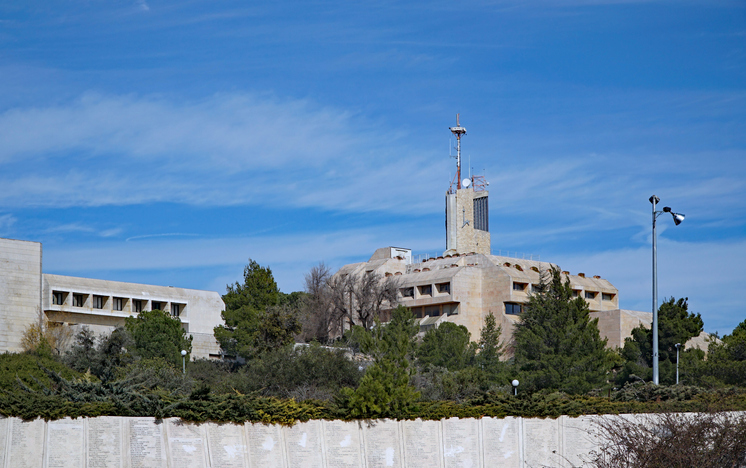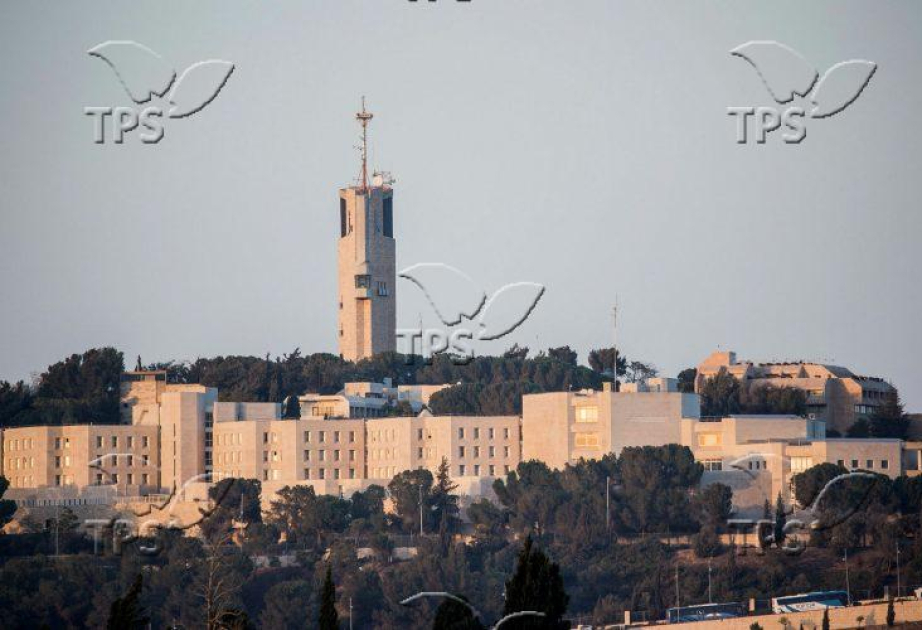Jerusalem Post
ByPESACH BENSON/TPS
The data suggest that the black hole launched powerful outflows months after the star’s destruction, showing that black holes can “reawaken” episodically.
Astronomers in Israel and the US have discovered that black holes are more mobile than previously thought and that they can resume activity after being seemingly dormant, Hebrew University announced on Wednesday.
The finding comes from the first observation of a supermassive black hole tearing apart a star far from a galactic center, producing exceptionally bright and rapidly evolving radio signals. The discovery challenges long-held assumptions about where black holes reside and how they behave.
“This is truly extraordinary,” said Dr. Itai Sfaradi of the University of California, Berkeley, the study’s lead author. “Never before have we seen such bright radio emission from a black hole tearing apart a star, away from a galaxy’s center - and evolving this fast. It changes how we think about black holes and their behavior.”
The research, published in the peer-reviewed The Astrophysical Journal Letters, was led by Sfaradi and Prof. Raffaella Margutti of UC Berkeley, with collaborators from institutions around the world, including Prof. Assaf Horesh of the Hebrew University of Jerusalem.
The event, designated “AT 2024tvd,” occurred about 2,600 light-years from the core of its host galaxy.
“This is one of the most fascinating discoveries I’ve been part of,” said Horesh. “The fact that it was led by my former student, Itai, makes it even more meaningful. It’s another scientific achievement that places Israel at the forefront of international astrophysics.”
Telescope operations reveal two distinct radio flares
Observations from leading radio telescopes - including the Very Large Array in New Mexico, ALMA in Chile, the Allen Telescope Array in California, the Submillimeter Array in Hawaii, and the AMI-LA in the UK - revealed two distinct radio flares evolving faster than any tidal disruption event seen before.
The data suggest that the black hole launched powerful outflows months after the star’s destruction, showing that black holes can “reawaken” episodically after periods of apparent inactivity.
The findings have significant implications for understanding galactic evolution and black hole behavior. Galaxies may harbor wandering or displaced supermassive black holes far from their centers, and the processes by which these cosmic objects eject matter may be more complex and delayed than previously thought.
“This discovery opens a new window into how black holes interact with their surroundings,” said Sfaradi. “It tells us the universe is more dynamic than we imagined and that we may be underestimating where and how these monsters operate.”
See more on



.png)
















